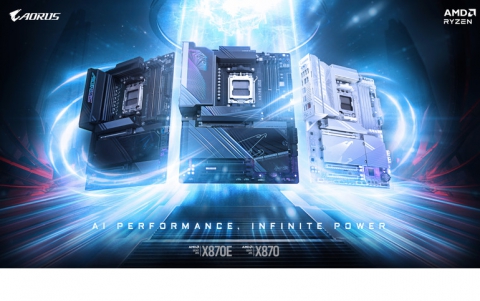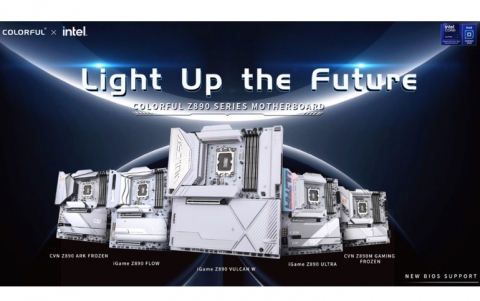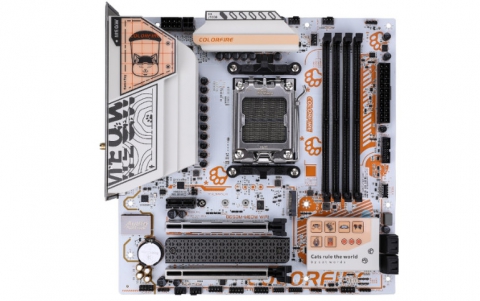1.3GB Fujitsu Magneto-Optical MCE 3130 AP and SS
1. Introduction
Introduction
There is no doubt, a remarkable progress in data storage related technologies throughout the last 2 decades has opened new ways for excited developments on every aspect of today’s computing systems. The constant need for more and more free available storage space is accompanied by the need of users to be able to transfer their data from system to system, in locations where transfer by “wire” over existing networks is uneconomical or even not feasible at all. Moreover, all those multimedia files plumbing our hard disks are desperately seeking their way to a safe backup place.
Two similar and in some respects complimentary technologies come to support us (regular users) into solving these data transfer and backup problems. They offer us optical recording devices with the accompanied media in the form of a 12cm CD, CD-R, CD-RW, and DVD disks, and magneto-optical drives making use of media sealed into 3.5”, floppy-factor, cases.
 Fujitsu is a leading supplier of magneto-optical drives. Two
of these drives are the MCE 3130 AP/SS (the first based on an ATAPI/IDE interface, the second on a SCSI), capable of reading and writing to 3.5”, 1.3
Gigabytes removable disks as well as to older smaller capacity disk types. The 1.3GB capacity disks (and the forthcoming 2.6 GB ones) might
be considered as direct antagonists to the latest Double Density CD format by
Sony and the Multilevel (ML) CD’s soon to be offered by Plextor and other
manufacturers. Offering similar storage characteristics as these other new
formats, the magneto-optical drives by Fujitsu promise to deliver three
distinct advantages, each of which is known to break existing technology
shortcomings by which suffer pure optical recording drives:
Fujitsu is a leading supplier of magneto-optical drives. Two
of these drives are the MCE 3130 AP/SS (the first based on an ATAPI/IDE interface, the second on a SCSI), capable of reading and writing to 3.5”, 1.3
Gigabytes removable disks as well as to older smaller capacity disk types. The 1.3GB capacity disks (and the forthcoming 2.6 GB ones) might
be considered as direct antagonists to the latest Double Density CD format by
Sony and the Multilevel (ML) CD’s soon to be offered by Plextor and other
manufacturers. Offering similar storage characteristics as these other new
formats, the magneto-optical drives by Fujitsu promise to deliver three
distinct advantages, each of which is known to break existing technology
shortcomings by which suffer pure optical recording drives:
- Short media access times, approaching those of fixed disks.
- Very large numbers of repeated media erasure and re-recordability. In fact, the reusability of the magneto-optical disks far exceeds that of even the DVD-RAM and DVD+RW formats.
- Smaller media cases. Actually the disk area of these disks is about on fourth of of the competing optical disks.
We provide some complimentary material, along with a critical approach to the relevant technologies at an Appendices of this review. For now we will strive to justify all of the above claims (at least those feasible for a publication aiming to end-user attention).
We start by presenting in the following section a brief review of magneto-optical technology. We will then focus on particular characteristics of the MCE-3130-AT/SS drives and we will carry out a series of tests for assessing their performance. We hope the reader will find rewarding our effort.













